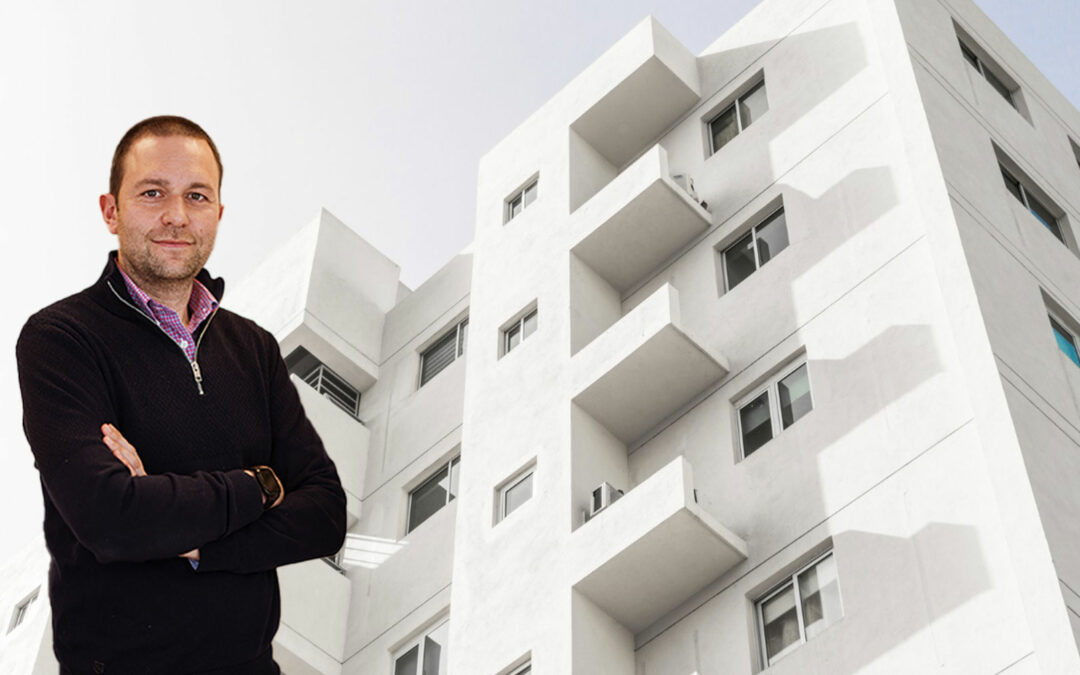Demonstrating that energy-positive cities are possible is the main ambition of the Atelier project, with measures implemented in Bilbao and Amsterdam as lighthouse cities, and replicated in six other European cities.
When we think of Bilbao (Spain), two distinct images come to mind: the Bilbao of yesteryear, industrial, grey, dominated by its large iron and steel plants and shipyards and by its commercial activity, derived from its strategic location a few kilometres from the coast; and the Bilbao of today, clean, transformed, focused on services. One of the great symbols of Bilbao has been and continues to be the Nervión estuary, which has concentrated a large part of industrial activity in the past, and which has also undergone an important transformation: what was once a sink for polluting industrial waste is now cleaned up and is home to life.
The urban expansion of Bilbao, greatly limited by its orography, has had to look for alternative routes. In this sense, work continues on the reconversion of former industrial sites into places rehabilitated for residential, recreational or other service uses. An example of this is the island of Zorrotzaurre, situated in the Deusto district. This island (until a few years ago, a peninsula), was traditionally an appendix of this district which was referred to as Ribera de Deusto, dominated by industrial activity. However, in the urban transformation plans, it was decided to make it a fundamentally residential area.
This transformation process is the context of the Atelier project, funded by the European H2020 framework programme, which aims to create and replicate Positive Energy Districts (PEDs), i.e. urban areas that are able to generate more electrical and thermal energy than they consume, so that they can feed surplus energy into the grid for use by other buildings and facilities.
Zabala Innovation participates as a partner in the project to support the Bilbao City Council and the rest of the entities implementing the Zorrotzaurre SDP, as well as to collaborate with other smart city and smart community projects.
Zorrotzaurre as an example of success
The public institutions are dedicating important resources to the reconversion of Zorrotzaurre in terms of decontamination, urbanisation, refurbishment of buildings, etc., but also to convert the island into a test bed for leading initiatives in sustainability. In this context, within Atelier, Amsterdam and Bilbao lead the project as lighthouse cities, where a vision of a sustainable city is defined and innovative technologies for the energy transition are demonstrated, while Bratislava, Budapest, Copenhagen, Matosinhos, Riga and Krakow enter as partner cities, where the solutions demonstrated in the lighthouse cities will be scaled up and replicated.
Amsterdam and Bilbao lead the project as lighthouse cities, where a sustainable city vision is defined and innovative technologies for the energy transition are demonstrated, while Bratislava, Budapest, Copenhagen, Matosinhos, Riga and Krakow enter as partner cities, where the solutions demonstrated in the lighthouse cities will be scaled up and replicated.
In this sense, the project is committed to systems for the use of primary energy and the production of renewable energy. In the case of Zorrotzaurre, a district heating network is being set up based on geothermal energy, a form of renewable energy that takes advantage of the earth’s internal heat.
This involves the installation of an infrastructure of boreholes, geothermal rings and heat pumps, to which buildings in Zorrotzaurre are gradually being connected. Other actions that contribute to the objective of being energy positive include the installation of an intelligent electrical network with an energy management system (EMS), the provision of electric car charging points, the installation of intelligent street lights, etc. The project puts citizens at the centre of the transformation of the city, trying to respond to their needs and concerns, and developing tools to encourage citizen participation in decision-making.
The Atelier project is now four years old, with the typical challenges of an innovation project, but with the ambition intact to develop energy-positive districts in our cities, which contribute to achieving the decarbonisation objectives.
This article was originally published in Spanish on the website of ATELIER partner Zabala Innovation: Citizen participation processes Atelier: High-impact projects for climate-neutral cities in the 4 th year (zabala.eu)
Author: Julen Ugalde
Picture credits: Zabala Innovation
